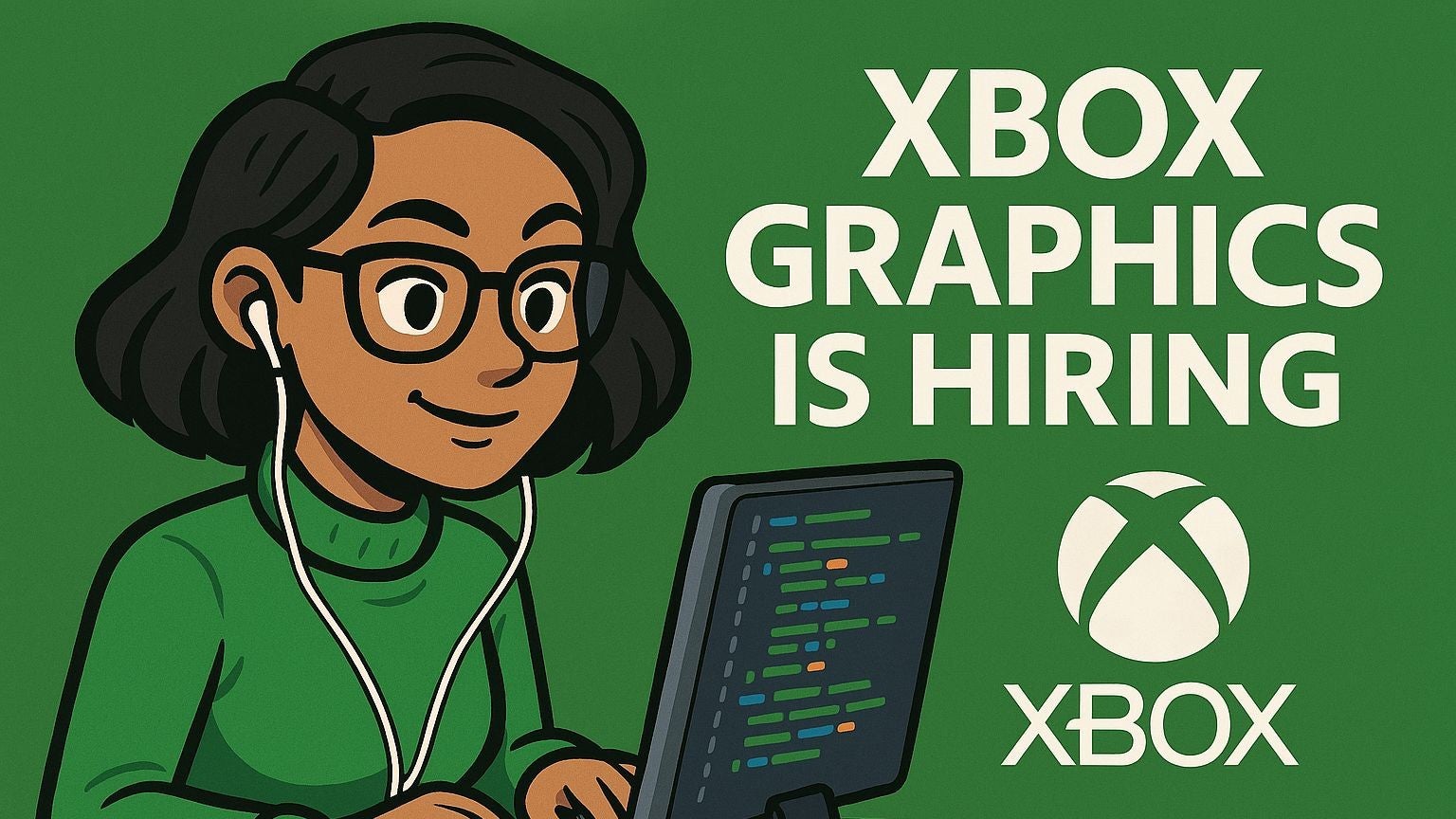Les efforts pour ancrer la physique dans les mathématiques révèlent des secrets sur le temps. Trois mathématiciens ont prouvé comment les molécules individuelles créent le mouvement complexe des fluides. Cela éclaire pourquoi le temps ne peut pas s'écouler à l'envers. C'est intéressant, je suppose, mais bon... qui a vraiment envie de se plonger là-dedans.
#Physique #Mathématiques #Temps #Science #Mouvement
#Physique #Mathématiques #Temps #Science #Mouvement
Les efforts pour ancrer la physique dans les mathématiques révèlent des secrets sur le temps. Trois mathématiciens ont prouvé comment les molécules individuelles créent le mouvement complexe des fluides. Cela éclaire pourquoi le temps ne peut pas s'écouler à l'envers. C'est intéressant, je suppose, mais bon... qui a vraiment envie de se plonger là-dedans.
#Physique #Mathématiques #Temps #Science #Mouvement















